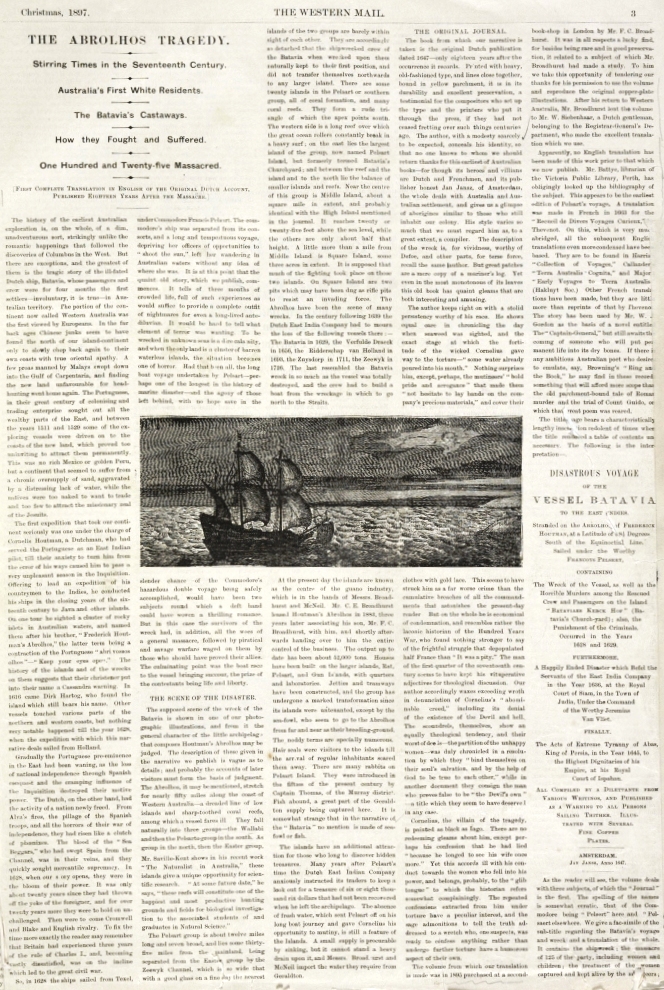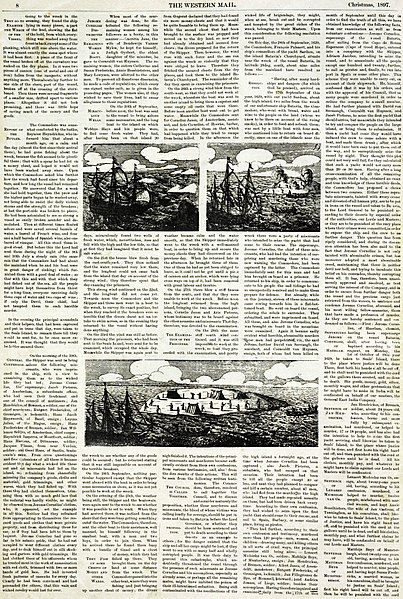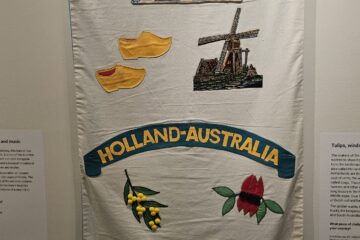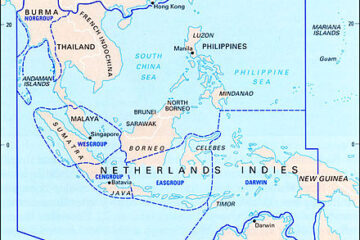He was born in The Hague on July 28, 1863 and developed a lifelong interest in chess at the age of fifteen and was exposed to Ferdinand Domela Nieuwenhuis – a prominent socialist figure in the Netherlands who served as the country’s first elected socialist Member of Parliament. After graduating from Delft University, Willem moved to England in 1884 to become a teacher.
Together with Willem and Ferdinand Domela-Nieuwenhuis, sons of the anarchist, Siebenhaar sailed to Western Australia in 1891. There was the goldrush happening in Australia, that provided new opportunities, he also mentioned he wanted to look here for work and get married. The three remained in contact but there were also many fall outs between them and the partners they married.
Siebenhaar joined Perth High School’s staff as a teacher. In 1892, he became the unofficial Western Australian Chess Champion and took over the chess column in The Western Mail. In that same year he was involved in setting up the very first soccer club in Perth and was the captain of the first official match.
In 1895, he joined the public service as a sub-editor of the Western Australian Yearbook and eventually rose to the positions of Government Statistician and Registrar-General.
Siebenhaar’s translation of the first edition of Ongeluckige voyagie van’t schip Batavia, titled “The Abrolhos Tragedy,” was printed in The Western Mail in 1897. This translation, a third-person transposition of Francisco Pelsaert’s original journal of the 1629 shipwreck of Batavia, generated significant interest across Australia and remains the only English translation of Ongeluckige voyagie. He was the first to generate more interest in the Batavia and its gruesome story and was thus influential on the interest in the actual wreck of the Batavia and the stories, movies, books and even an opera that have followed since.
In 1910, Siebenhaar founded the literary magazine Leeuwin, It only ran for six issues but featured four contributions by A. G. Stephens on ‘The Manly Poetry of Western Australia.’ The same year saw the publication of his Dorothea: A Lyrical Romance in Verse in London, which would later be scrutinized for sedition.
Siebenhaar married Lydia Bruce Dixon during a visit to Britain, where he may have had contact with Peter Kropotkin. He returned to Western Australia in late 1913 and became heavily involved in social movements such as women’s suffrage and the anti-conscription movement. In 1916, his participation in the latter movement led to his removal from the public service, with a press release condemning him as a “German” in league with the Industrial Workers of the World (IWW). An inquiry later exonerated him of disloyalty and reinstated his position with restitution.
Siebenhaar’s Sentinel Sonnets, co-authored with Alfred Chandler, were published in 1919 as a eulogy for anarchist Monty Miller. He also contributed to James Sykes Battye’s Western Australia: a history from its discovery to the inauguration of the Commonwealth and various newspapers and magazines, reflecting the views of the Theosophical Society, of which he was a member. Siebenhaar continued to write and critique poetry, engaging in debates with early poets such as Edwin Murphy, whose style contrasted with his own romantic approach.
Siebenhaar returned to England in 1924, residing in Findon, Sussex. In 1927, he translated Eduard Douwes Dekker’s Max Havelaar, with a preface supplied by his friend D. H. Lawrence, whose left-wing activist Willie Struthers in the novel Kangaroo was possibly based on Siebenhaar. Siebenhaar died from injuries sustained in a motor car accident on December 29, 1936, in Littlehampton, West Sussex.
The Abrolhos Tragedy – as published in the Western Mail – Christmas 1897



The Dutch-Australian Connection: Willem Siebenhaar, D. H. Lawrence, Max Havelaar and Kangaroo
by Paul Eggert Australian Literary Studies Volume 21 No. 1 — 1 May 2003
Abstract
This thoroughly researched article traces the life and work of Dutch-born left-wing activist, theosophist, scholar and poet Willem Siebenhaar who moved to Western Australia in 1891, and his connection with D. H. Lawrence, whom he met in 1922 and who helped him secure publication for a translation of Multatuli’s Max Havelaar. Drawing on archival material such as Siebenhaar’s correspondence, and on the letters of Lawrence, the article provides evidence not only of Siebenhaar’s socialist (and at the time rather unpopular) ideas and attitudes, but also of the effects some of these had on Lawrence who put his acquaintance with Siebenhaar to creative use in writing his ‘Australian’ novel Kangaroo, particularly with regard to the fictional character Willie Struthers.
See also: Willem Siebenhaar biography (in Dutch)
A few years after Willem’s arrival in Perth, her sister Anna Siebenhaar followed him and she made her own impact in Australia.


